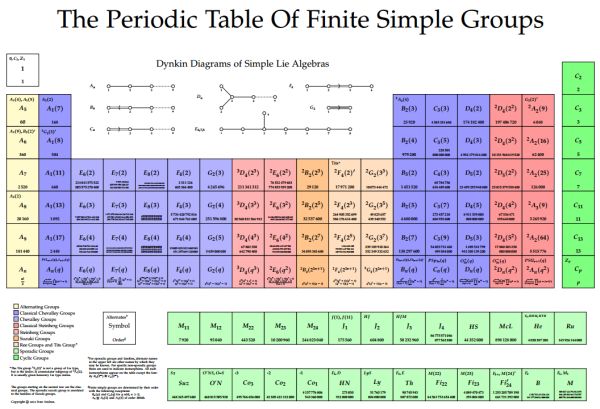This specific post/thread is for dear brother Hom on twitter who wrote me to discuss and share my thoughts on the issue of whether a Christian who is saved can lose or keep his/her salvation after numerous sins post their commitment to faith in Christ. In his tweets to me, Hom said:
"I was taught that in my early years and I "kinda" maintain that belief. Yet I know NO passages in the Biblical text that make the point clear. Can you help?"The belief that Hom alluded to here is the view I expressed in our twitter discussion that there can be cases of alleged Christians who could 'lose' their salvation, or grace, by the continued sinful lives that they can lead subsequently -- even as replete that life may be with sins of egregious proportions (such as committing genocide, indulging in the major sins stated in the Bible, etc, without naming them all).
Some believers are of the view that once you have given your life to Christ as your Savior, you are also saved of your subsequent sins too, no matter how big or small they may be after your pronounced belief. Consequently, even if you live a life of crime, rape, murder, stealing, lying, and any sin you can imagine (so much for the Ten Commandments!), you are still saved because you cannot lose it. So consequently, Hitler, being a Christian would still be saved by grace even after all the inhumanity and genocide that he has caused to tens of millions of human beings. So, you are free to do as you please, sin to whatever degree that you wish (to whatever extreme), and you are assured that you are saved and will go to heaven.
Of course, I cannot accept such a view. (And I never have.) That is not at all how I read the Bible, especially the teachings of the New Testament as to how Christians should conduct their lives. (The Hebrew Scriptures already prescribe divine punishment to various of these sins even for alleged believers of the Mosaic community!) Indeed, St Paul has dedicated a fair amount of his time, travels, and writings to some churches in Asia Minor where he heard that numerous egregious sins continue to be committed by (alleged) Christian members who believed that they had been saved so that now they can do whatever they wanted. That is why St Paul explicitly emphasized:
"What shall we say, then? Shall we go on sinning so that grace may increase? 2 By no means! We are those who have died to sin; how can we live in it any longer? 3 Or don’t you know that all of us who were baptized into Christ Jesus were baptized into his death? 4 We were therefore buried with him through baptism into death in order that, just as Christ was raised from the dead through the glory of the Father, we too may live a new life." (Romans 6:1-4, NIV.)The Letter of James also teaches that a Christian is responsible to showing how his/her life conduct is to be exemplified through their behavior, actions, or works -- backed, of course, through their faith in Christ.
The Lord Jesus taught us to judge a tree by the fruit that it bears - very eloquently, simply, and without any complicated theology. When the tree produces bad fruit, what is to be done unto it? The Master said
"Every tree that does not bear good fruit is cut down and thrown into the fire. 20 Thus, by their fruit you will recognize them." (Matthew 7:19-20, NIV.)Clearly, such a tree cannot then have been saved or ascribed salvation to begin with, even if that tree lead others to believe that it was a good tree.
Therefore, in extreme cases like Hitler, or anyone allegedly claiming to be a Christian, such continued bearing of bad fruit would at the very least cast serious doubt on their claims to being believers. Would we believe someone who claims allegiance to the US Constitution only to see that individual violate its articles and laws time and again (even in extreme ways)? I would certainly at least question them. So we're not saying that they had grace and then lost it, but that maybe they didn't have grace in the first place (as we assumed by taking their claim at face value).
There are many examples like the above in the Bible that tell me that the view I expressed is far more reasonable (or at least less problematic) than the view that the Christian community could be allowed to harbor such horrific individuals who do such harm to the faith. If Christians are serious about Jesus' teaching, they are responsible to act it out in their hearts and minds as well as with their fellow man, their neighbor. I hope that I have shared my thoughts with you, Hom, in a gentle spirit, even as I am no Bible teacher nor do I have a degree in theology! But I speak as just one believer, sharing my thoughts and experiences. Ultimately, Jesus knows the full precise answers. As St Paul said, we know in part and we prophecy in part, and in another place he says "For now we see through a glass, darkly."
Yours in Christ,
Sam

